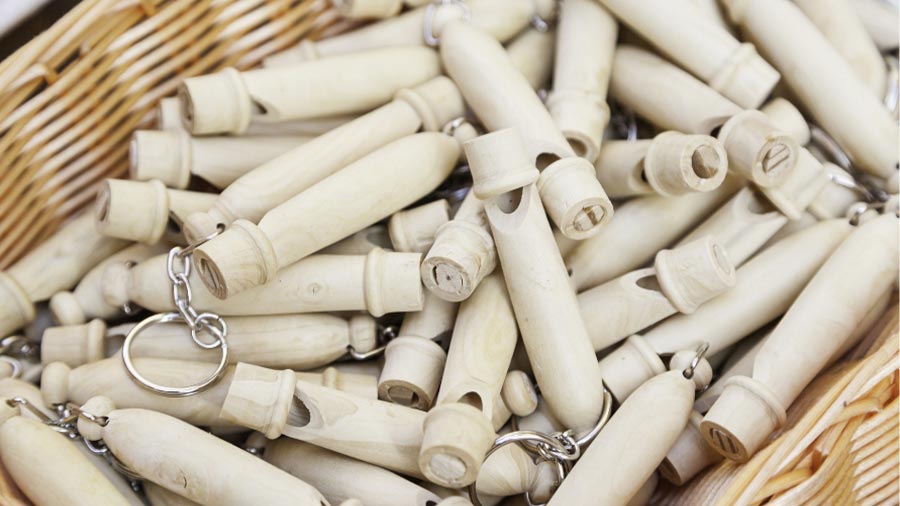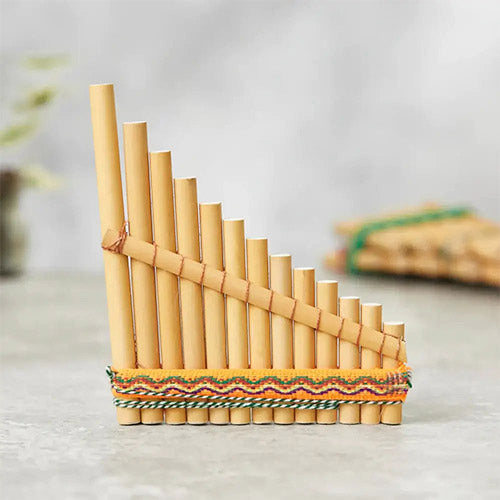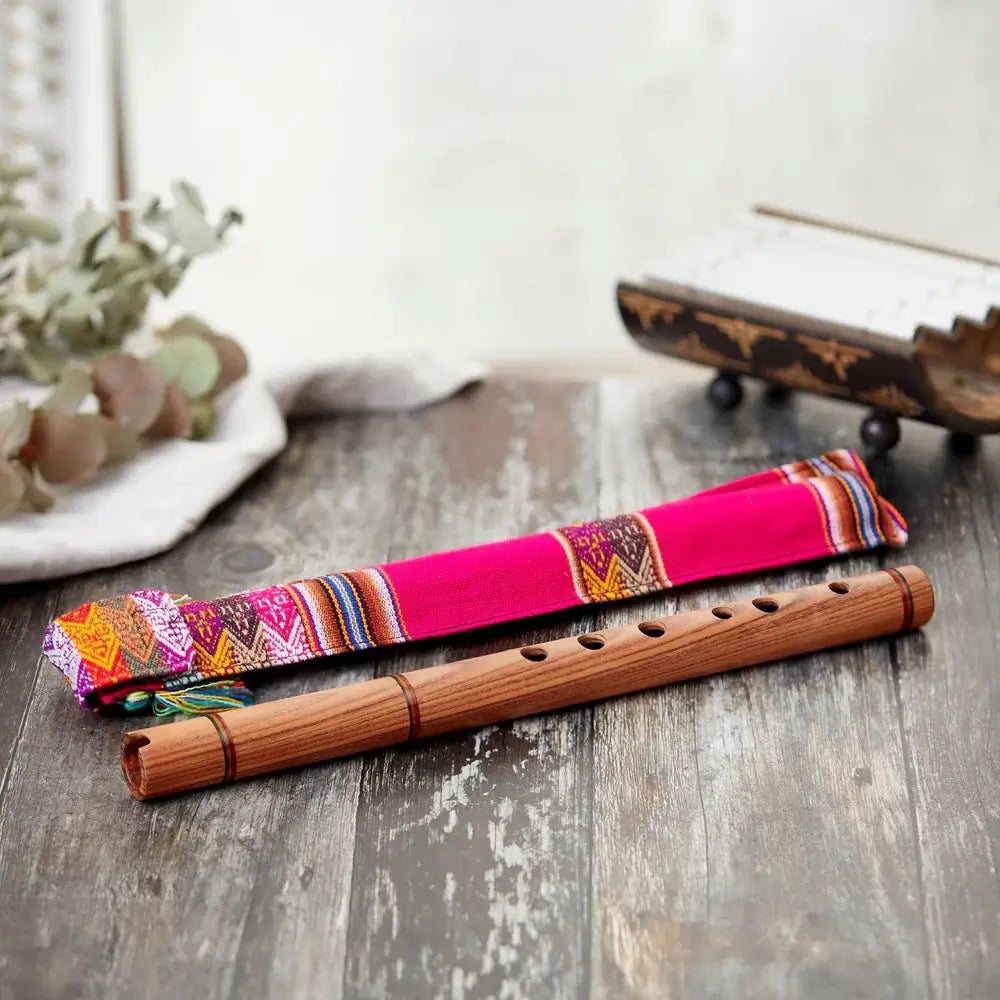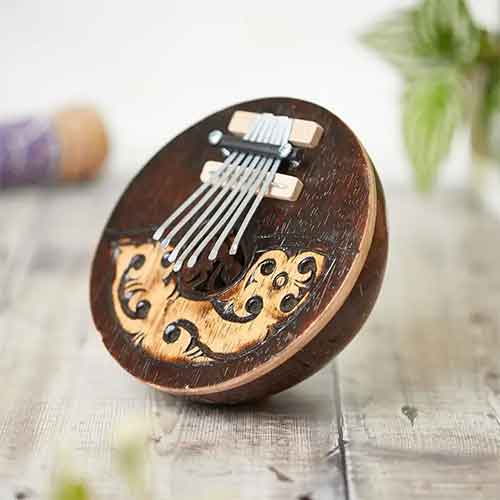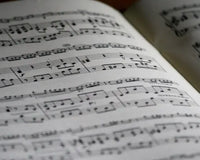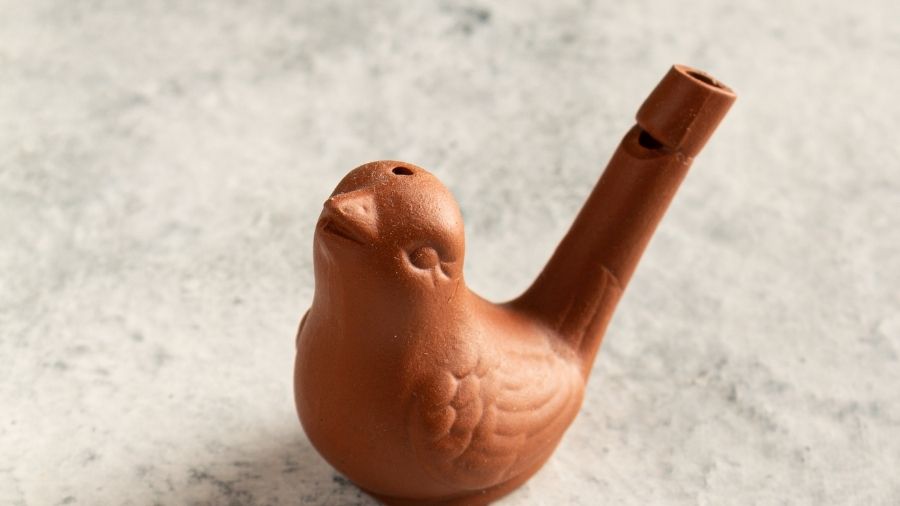Whistles have been used for thousands of years, originating in ancient civilizations and serving various purposes, from communication and signaling to religious rituals and warfare. Archaeological finds show that early whistles were made from bone, wood, and clay. Over time, whistles evolved in materials and design, from simple bone versions to more intricate metal ones in the Victorian era. Each period reflects technological advancements and changing uses, establishing whistles as both practical tools and musical instruments. This guide explores the history of whistles, their evolution, and offers advice on selecting the right one for your needs.
Whistles in Warfare and Work
Moving through time, you'll find that whistles played a crucial role in military history. Officers used them to command troops during battles, with each whistle tone conveying distinct orders. This audio-signaling method was essential before radio communication, allowing for coordinated movements on the battlefield.
Whistles have been instrumental in coordinating labor in the realm of work. The steam whistle, for instance, became synonymous with the Industrial Revolution, signaling the beginning and end of work shifts. Railway workers relied on whistles for signalling train movements, and maritime use included alerting other vessels and aiding navigation in foggy conditions.
The Role of Whistles in Culture
Whistles served as more than just practical tools. They have been used in sporting events to start and end games, enforce rules, and manage play. Whistles have also played a part in traditional dances and celebrations worldwide, providing rhythm and melody.
In some cultures, the whistle is deeply embedded in folklore and symbolism. It can represent authority, safety, and even spiritual communication. The sound of a whistle can evoke emotions, signal danger, or serve as a call to action, illustrating the powerful connection between this instrument and the human experience.
Whistles in Traditional and Contemporary Music
Your exploration of whistles in music showcases their versatility as instruments. In traditional music, whistles have been used to convey stories, celebrate occasions, and accompany dances. The whistle's pure, piercing sound can carry long distances, making it a favored instrument in outdoor ceremonies and festivals.
Whistles have found their place in contemporary music, ranging from folk to pop. The whistle's distinctive tone can add a unique audio signature to a song, making it instantly recognizable. Many modern ringtones, inspired by instrumental music, incorporate whistle sounds to stand out in a world full of digital noise.
Movie Themes and the Whistle
One cannot discuss musical whistles without mentioning the Whistle Theme by Mark Knopfler for the movie "Local Hero." This tune showcases the emotive power of the whistle, creating an atmosphere that resonates with audiences. Movie BGMs often include whistle sounds to evoke specific emotions or highlight scenes, proving that this simple instrument can profoundly impact storytelling through film.
Making Music with a Whistle
Creating music with a whistle involves understanding its range, tone, and capabilities. Each type of whistle offers a distinct timbre and pitch range that influences the music it can produce. For example, the tin whistle, commonly used in Irish music produces a bright clear sound ideal for lively jigs and reels, while the low whistle provides a warmer, more resonant tone suited for ballads.
To make music with a whistle you will need to learn breath control, finger placement, and timing is essential. Beginners can benefit from tutorials and sound samples that guide them through playing various types of whistles. Additionally, exploring popular melodies or traditional pieces can help develop a sense of style and expression. Whether you're interested in creating unique audio ringtones, performing instrumental songs, or composing movie BGMs, the whistle proves to be a surprisingly expressive and versatile instrument that can enhance your musical repertoire.
Buying Guide for Beginners
Assessing your needs and preferences before buying a whistle is essential. This will help you choose the proper whistle for you. Consider what you want to achieve with your whistle. Are you looking to add a unique sound to your music collection, use it for signaling, or enjoy it as a hobby? Your intention will determine the type of whistle that suits you best.
If you are a beginner in music, you might prefer a whistle that is easy to learn and play. Durability and volume may be critical factors for those interested in outdoor activities or sports. Understanding your primary use for the whistle will help you make an informed decision.
Whistle Specifications
Whistles have various features and specifications that can influence your choice. The material, ranging from clay to metal, affects the sound quality and durability. The size and key of the whistle will determine its pitch range and the types of tunes you can play.
Price is another consideration. Whistles can range from affordable plastic models to expensive, handcrafted pieces. Balancing your budget while ensuring you get the desired quality and features is essential. Packs of whistles in different keys can offer value for beginners exploring various tones.
The material of a whistle significantly affects its sound and playability. Clay and ceramic whistles often have a warm, earthy tone and are usually handcrafted, giving them a uniqueness. Wooden whistles provide a resonant sound favoured in traditional music settings. Typically made from brass or nickel, metal whistles offer a bright and piercing tone suitable for loud environments.
Each material also has its maintenance requirements. Wood may require oiling to prevent drying out, while metal whistles might need polishing to maintain their shine. Clay and ceramic whistles are fragile and must be handled carefully to avoid breakage.
Choosing the Right Whistle for Your Purpose
When selecting a whistle, consider its intended use. For musical purposes, focus on the instrument's tune and tone quality. For signaling or safety, volume and durability are paramount. If you're interested in learning how to play, look for a whistle that comes with a tutorial or instructional materials.
The whistle's key is also an essential factor. Some songs may require whistles in specific keys, so having a range of whistles at your disposal can be advantageous. Beginners might start with a whistle in the key of D, commonly used in various songs and relatively easy to learn.
Where to Buy Whistles

Whistles come in many designs, materials, and purposes. From their rich history to their use in modern music and safety, whistles are fascinating instruments catering to various interests. Whether you're looking to buy your first whistle or expand your collection, understanding the different types available and their unique characteristics will help you make the right choice. You can check out our large collection of whistles here.
Whistles (Frequently Asked Questions)
What are the different types of whistles?
There are various types of whistles, including traditional mouth-blown whistles, such as the pea whistle and the Irish tin whistle, as well as mechanical whistles, such as the referee whistle and the police whistle.
Can whistles be used for musical performance?
Yes, whistles are often used in musical performances, particularly in traditional folk music, Celtic music, and even contemporary genres. Instruments like the Irish tin whistle are popular choices for playing melodies and accompanying songs, while other types of whistles may be used for special effects or rhythmic patterns.
What is the difference between a pea whistle and a pealess whistle?
Pea whistles contain a small ball (the "pea") inside the chamber that moves back and forth to create the sound. Pealess whistles, on the other hand, do not have a pea and produce sound through a mechanical mechanism, making them less susceptible to freezing or clogging.
Are whistles safe for children to play with?
Yes, whistles are generally safe for children to play with under adult supervision. However, it's essential to choose age-appropriate whistles with no small parts that could pose a choking hazard. Additionally, teaching children proper whistle etiquette, such as not blowing too loudly or excessively, is recommended.
How do you clean and maintain a whistle?
To clean a whistle, disassemble it if possible and wash the components with warm, soapy water. Use a small brush or pipe cleaner to remove any debris or buildup from the inside of the whistle. Allow it to dry thoroughly before reassembling. Regular maintenance includes checking for any signs of wear or damage and lubricating mechanical parts as needed.

